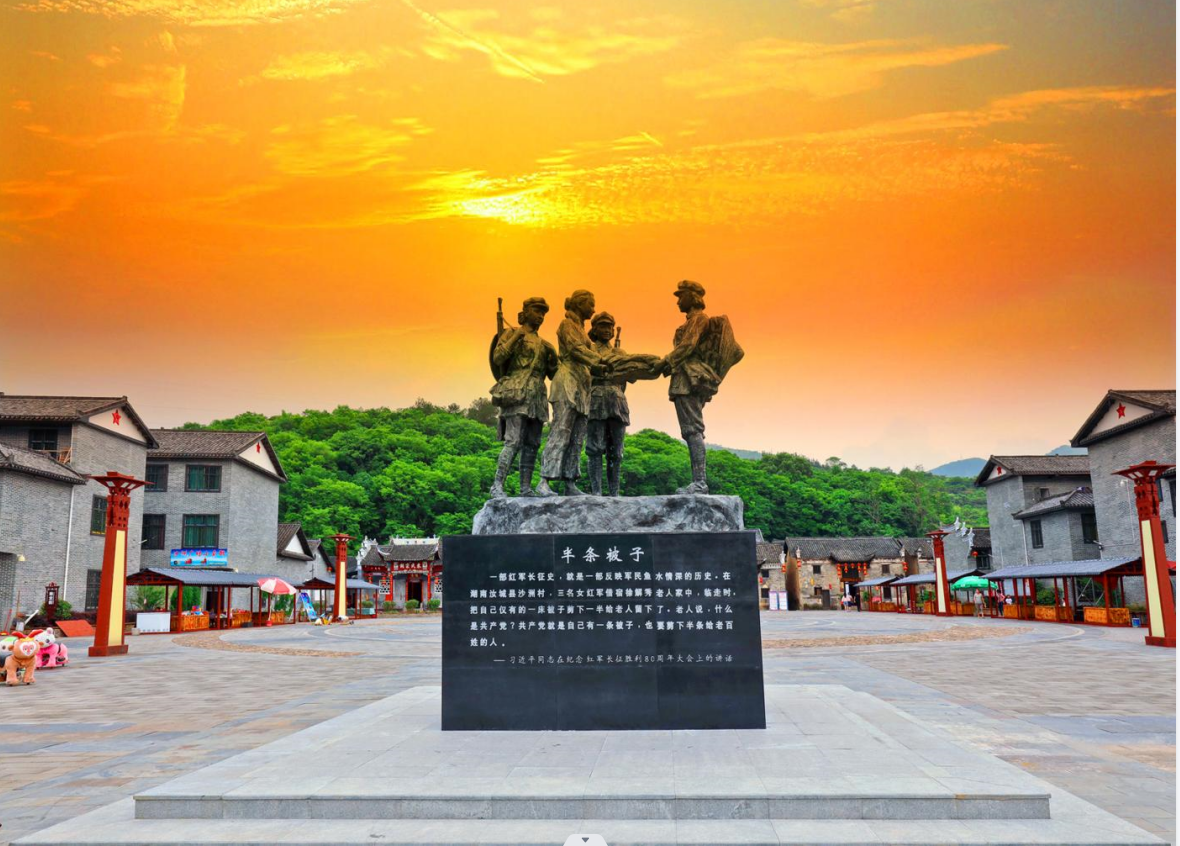Red and green drives city's advancement
2023-09-16 14:06:09
Chenzhou is leveraging its bountiful natural attractions and abundant cultural legacies to promote its green development.
Known as the southern gateway to Central China's Hunan province and the frontier fortress of the Guangdong-Hong Kong-Macao Greater Bay Area, Chenzhou city boasts a perfect combination of Red culture and picturesque landscape, spreading across 19,400 square kilometers.
With a history of more than 2,200 years since the establishment of Chenxian county in the Qin Dynasty (221-206 BC), Chenzhou has earned the reputation of being the "18th blessed land in the world".
Kan Baoyong, mayor of Chenzhou, said that with its untouched natural scenery and abundant cultural legacies, the city is accelerating its efforts to build up eight tourist attractions, such as Red sites, magnificent mountains, hot spring capital, summer resort and healthcare, historical heritage and shining night sky.
The local authorities are continuously exploring ways to turn the remote mountainous areas into popular tourist attractions and promote the vast water areas as popular photo places, so as to create a new path for the city's green development that integrates ecology and tourism, and achieves harmonious coexistence between humans and nature.
All 11 counties and districts in the city belong to old revolutionary areas, and Red genes deeply permeate the blood of this city, becoming the most profound background of Chenzhou. The city nurtured revolutionary pioneers such as Deng Zhongxia and nine founding generals such as Huang Kecheng and Xiao Ke.
Chenzhou continuously taps into the profound connotation of Red resources, integrates these touching stories and revolutionary achievements. It has established Red tourism boutique routes and proposed a development path for Red-empowered industry, functional zones, public facilities and rural areas.
With a forest coverage rate of 68.1 percent, Chenzhou serves as an important ecological barrier in China.

A statue tells the moving stories of the Red Army's Long March. [Photo provided to China Daily]
It has a complete range of tourism resources including mountains, lakes and rivers, forests, fields, springs, grasslands, caves and mines.
It is a Chinese forest city and the Chinese hot springs capital, with more than 110 scenic spots full of the charm of mountains and the ethereal beauty of water.
In the first half of this year, Chenzhou received a total of 41.26 million tourists and achieved a total tourism revenue of 42.86 billion yuan, representing a year-on-year increase of 58.4 percent and 60.83 percent respectively.
The total number of tourists and total tourism revenue ranked second in Hunan province. —
Among the "Top 20 tourist attractions in Hunan that are most popular among tourists in the Greater Bay Area", Chenzhou occupied four of the top six spots.
Chenzhou is one of the first historical and cultural cities in Hunan, and it is also one of the birthplaces of Chinese agricultural culture.
This year, Chenzhou has vigorously promoted the integration of agriculture, culture, sports and tourism, focusing on 43 key projects. The city's cultural roots continue to be reflected in tourist attractions.
The millennium-old historic streets, which started in the Qin Dynasty, embody the ancient charm of Chenzhou in every brick and tile.
The ancient village, Wayaoping, located at the confluence of the Leishui River and the Chenjiang River, has been a waterway transfer station from the north to Hengyang and Changsha, and from south to Shaoguan and Guangzhou for at least 2,000 years.
Trade and commerce along the rivers in the olden days saw the village prosper.




